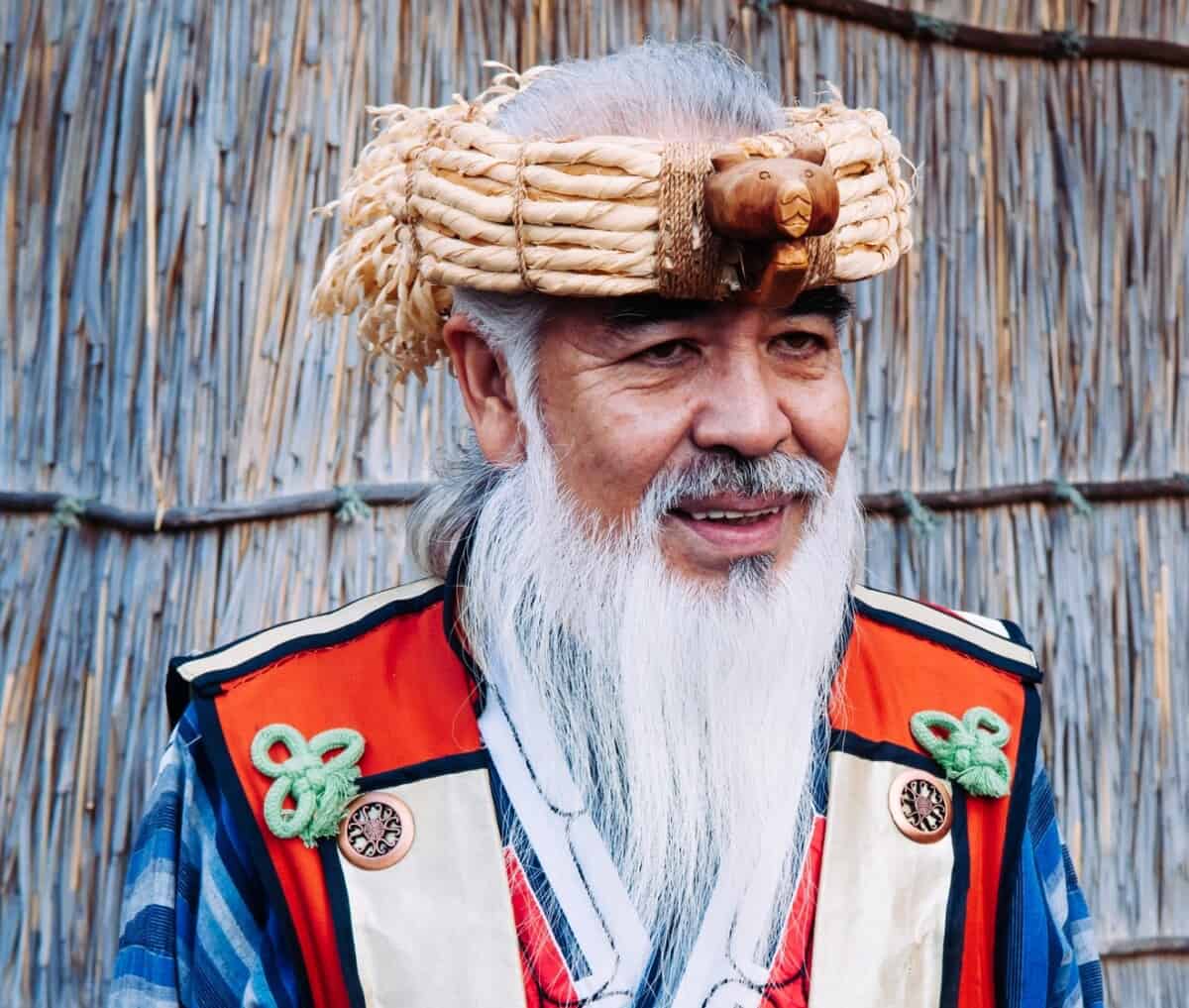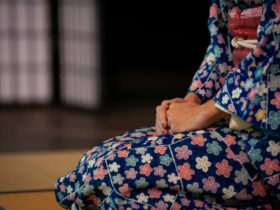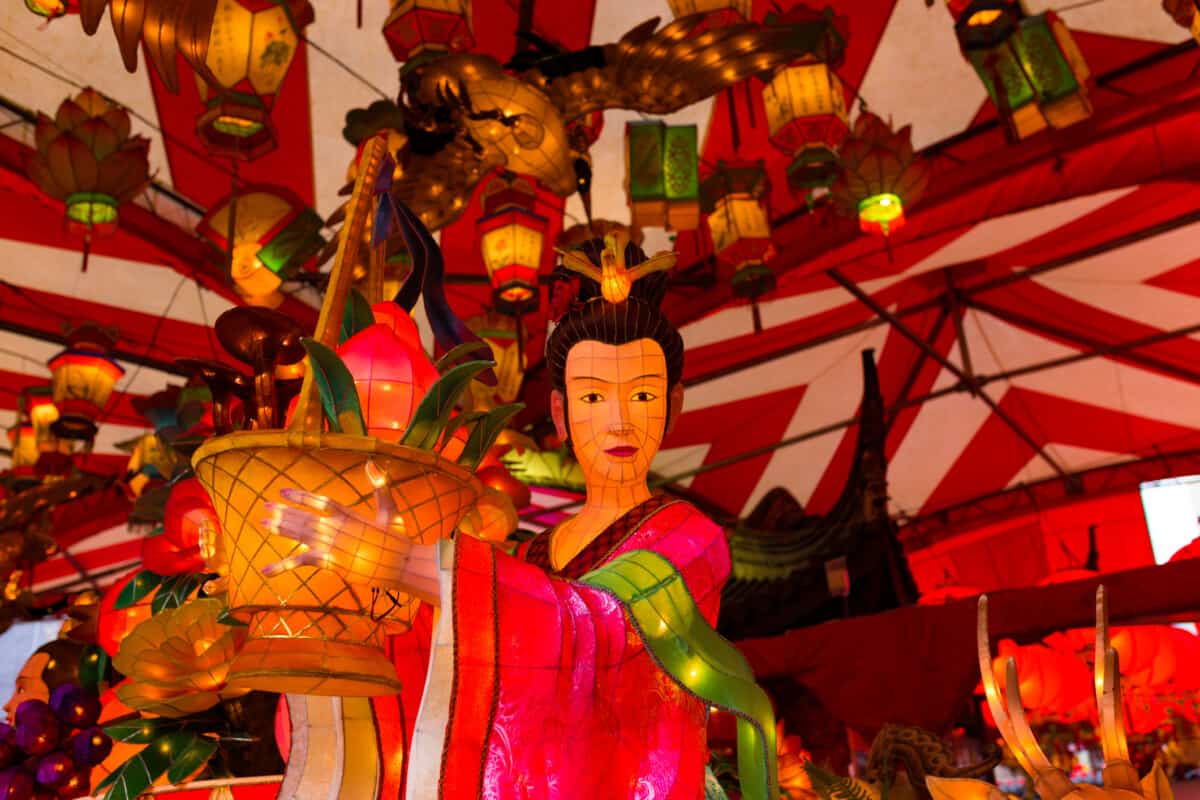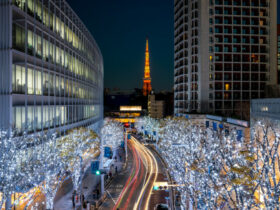Many countries are home to an Indigenous population that has continued to pass down their culture throughout many generations. Japan is no different; its Indigenous population is known as Ainu.
The Ainu peoples are native to the northern part of Japan. To take the time to get to know more about Japan’s Indigenous population is to make an effort to respect Japan’s history and the different cultures and communities that exist within the country.
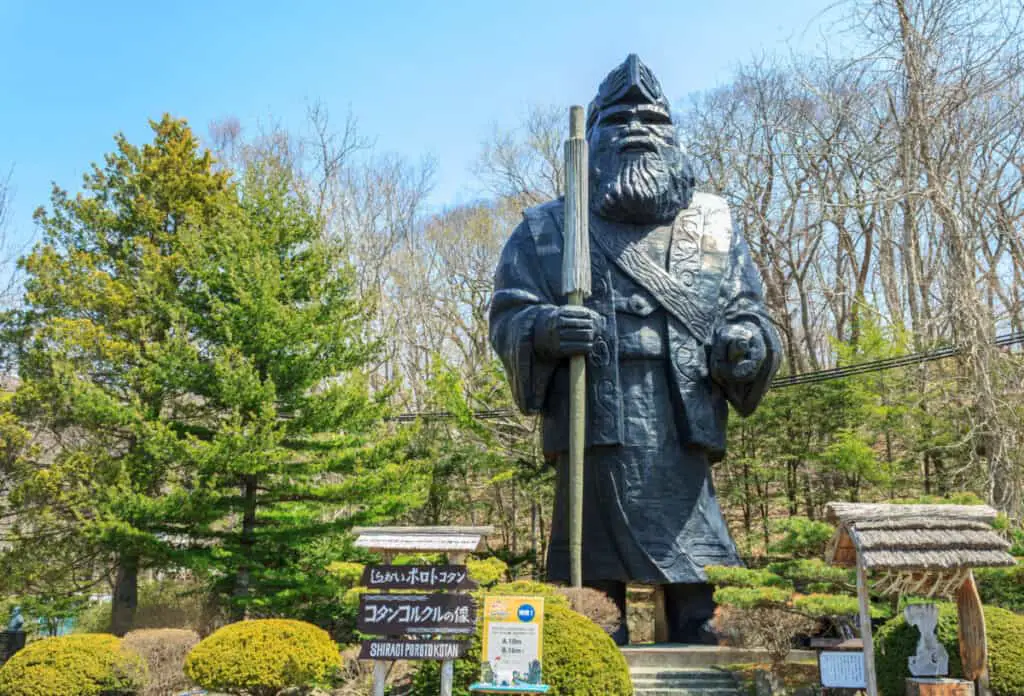
The Origins Of The Ainu Culture
While it’s not known for sure, the common belief is that the Ainu peoples are descendants of Mongoloid peoples who entered the northern region of Japan many centuries ago.
The Ainu peoples landed in the northern area of Japan, making settlements in Hokkaido, with some dispersing to other areas such as the Kurile Islands, Honshu, and Sakhalin.
The island of Hokkaido was called Ainu Moshiri, which translates to Land of the Ainu. While they tended to stay on Hokkaido, they did expand to other areas of Japan centuries ago.
Characteristics Of The Ainu Culture
The Ainu peoples were hunters and gatherers and appreciated nature and how it helped to support them. They were also very astute foragers and fishers and engaged in trade with other parts of Japan.
They believed in animism, which believes that everything that exists in nature is significant and has spiritual importance.
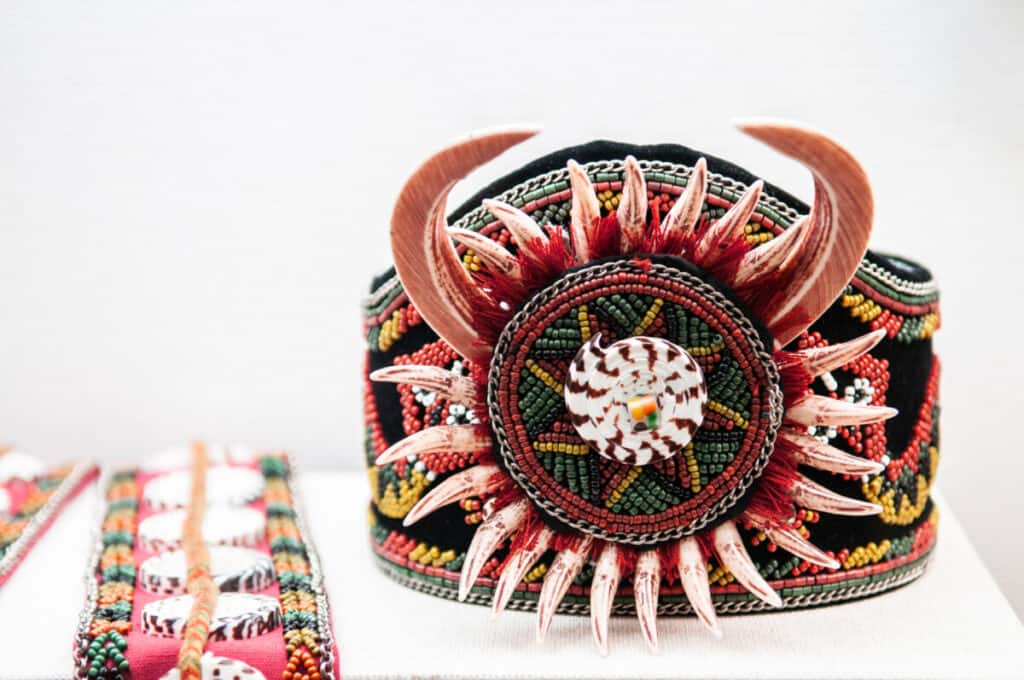
They also dressed in bark clothing that would often have colorful patterns. One of their most distinct traditions that are no longer practiced was the capture of bear cubs, which the Ainu would raise with respect as part of their family.
When the cubs got older, one would be set back into the wild, and one would be sacrificed.
It was believed that the spirit would become a protector of the Ainu peoples, and it would also be a source of food and material. Bears were considered deities to the Ainu peoples, and they were treated very well in life.
The Yamato Peoples Of Japan
The Yamato peoples were the other culture living in other areas of Japan, and there were tensions between the Yamato peoples and the Ainu peoples. As the Yamato peoples sought to take over as much of Japan as possible, they ended up displacing the Ainu peoples.
While the Ainu peoples were spread throughout much of Hokkaido, especially the warmest and most lush areas, they were pushed to the more barren areas of the island during their colonization.
They tried to put up a fight, but they were no match for the Yamato peoples.
Lost Culture
The Ainu peoples had their own language, but much of it ended up being lost due to assimilation efforts.
However, not all of it was forgotten, and many efforts have been made in recent history to document this language to ensure it cannot be lost again.
The Ainu peoples were also stopped from practicing many of their traditions and customs and weren’t even allowed to fish or gather resources the way they used to. Even after they were assimilated, they still continued to be discriminated against.
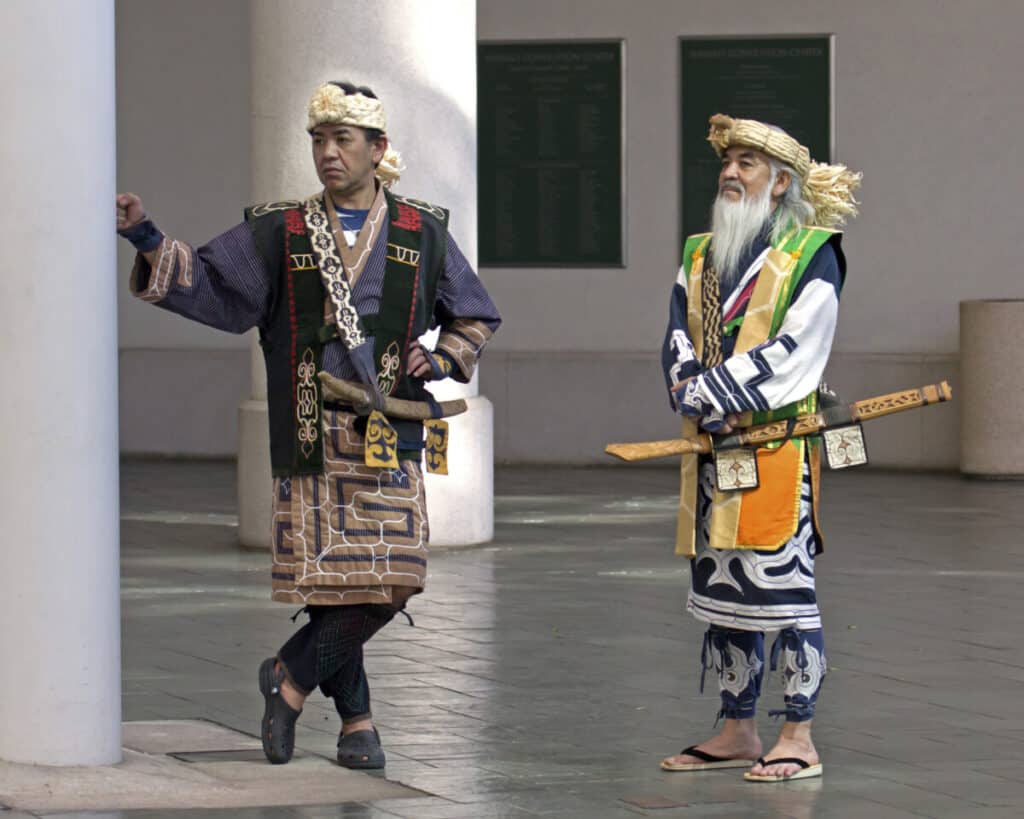
Japan Sees Positive Change
For several hundred years, there had been a lot of conflict between the Yamato peoples and the Ainu peoples of Japan.
The Ainu people were often judged based on their unique appearance, way of dressing, customs, and lifestyle. Many Ainu peoples lived in poverty, and some still do as of today.
Things began to change for the better during the Meiji period of Japan, where the Ainu peoples received designation as former aboriginals.
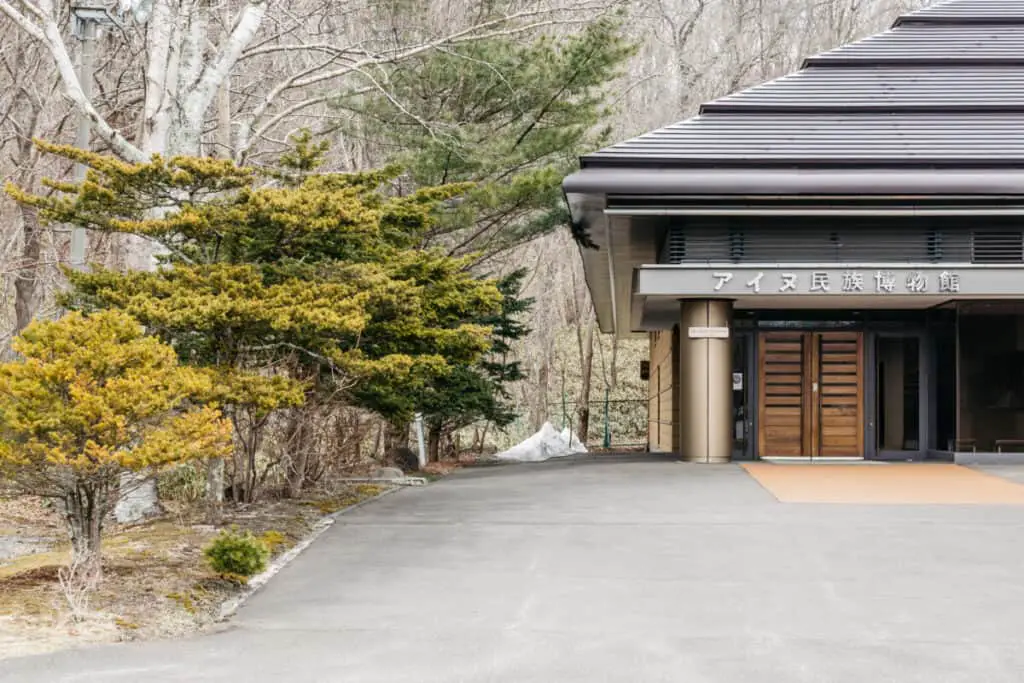
This was not an ideal designation, but they were at least being recognized. That being said, the tensions and conflicts didn’t end there. There was still a lot of persecution of the Ainu peoples.
Shiraoi Ainu Village Museum Official Website
In 1997, more of an effort was made to recognize the importance and contributions of the Ainu peoples of Japan in the way of legislation ensuring that funding would be available to help save the traditions and research the history of the Ainu.
However, it took until 2019 for Japan to designate the Ainu peoples as Indigenous to Japan.
The Ainu Peoples Today
Despite the efforts of the past, there are still Ainu people living in Japan today. Many of them still live in Hokkaido.
They do not practice many of the rituals and traditions of the past, but they still hold their culture in high regard.
The Ainu still celebrate festivals to celebrate the survival of some of their cultural practices, including music and fashion.
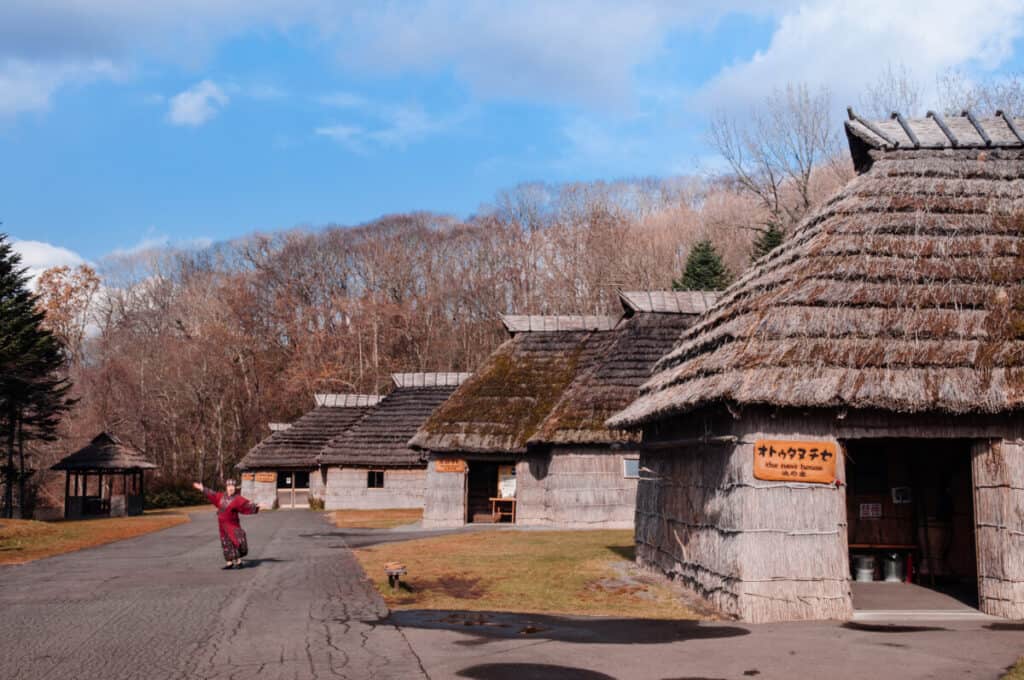
That being said, the pain experienced by past generations has not been forgotten. There are some Ainu peoples who still have trouble being open about their Indigenous roots.
Thus, it’s not known how many Ainu people still live in Japan, but estimates are around 20,000. They have earned much more respect in modern times, as they are finally appreciated for how kind and generous they are.
Sapporo Pirka Kotan
The Sapporo Pirka Kotan is located in Hokkaido near Sapporo, and it translates to Ainu Culture Promotion Center.
This center is one of the best places to visit to learn more about the Ainu, and there are sometimes Ainu peoples that will visit to offer further insight into their past and present.
Sapporo Pirka Kotan Official Website
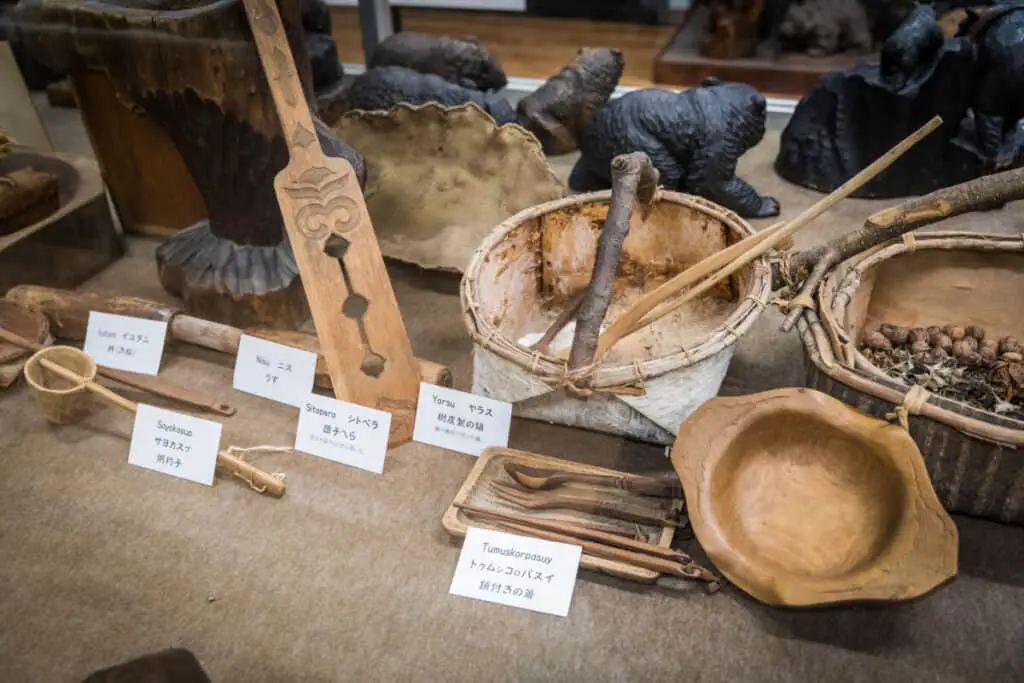
Not only can you see artifacts of tools and other items that were used in everyday Ainu life, but you can also learn how to create some Ainu-inspired works including embroidery or a mukkuri, which is a bamboo mouth harp often used to play traditional Ainu music.
Where To Learn More
If you have the opportunity to visit Hokkaido, be sure to seek out some of the museums that have been established to memorialize and preserve the Ainu culture.
You even have the opportunity to purchase souvenirs that represent many important cultural aspects of the Ainu peoples.
Occasionally, the museums will put on performances that showcase Ainu dance and music. There are a few other similar places throughout other parts of Japan honoring the impact the Ainu peoples have had on Japan.

